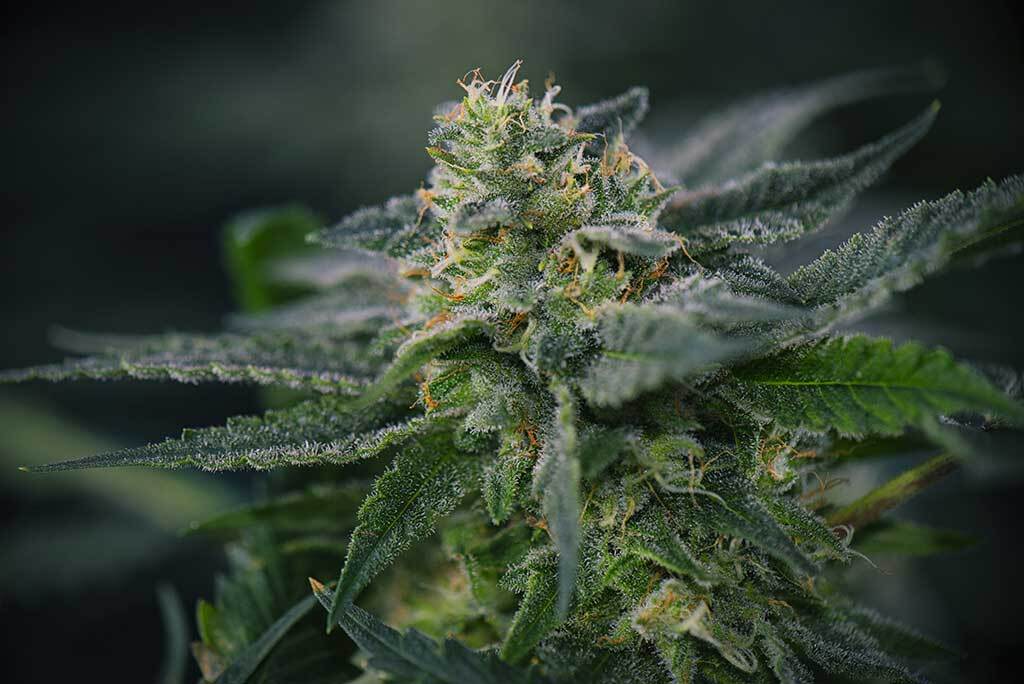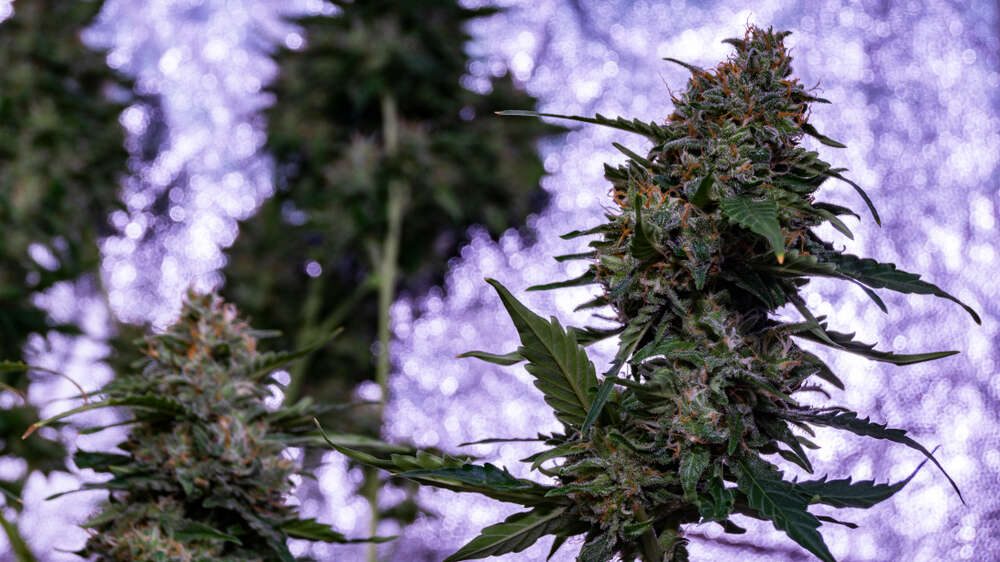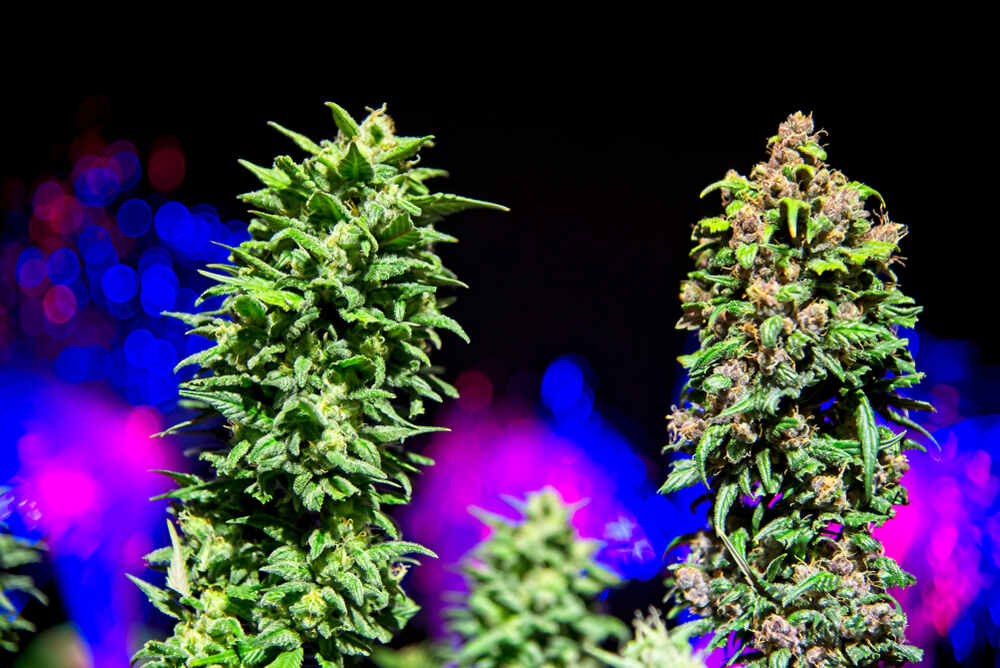
Why Are My Autoflowers So Small?
Growing autoflowering seeds can be an exciting and rewarding journey, but it’s not uncommon for growers to ask themselves, “Why are my autoflowers so small?” Don’t worry—you’re not alone in this. Let’s walk through the most common reasons behind stunted autoflowers and how to give your plants the best shot at thriving. By the end of this, you’ll feel more confident and ready to tackle any growth issues like a pro.
Understanding Autoflower Growth Patterns

Genetic Factors Influencing Plant Size
First things first: genetics play a massive role in how big your autoflowers can get. Some strains are naturally more compact because they’re bred that way. Autoflowers are hybrids of cannabis ruderalis, a plant type adapted to harsh environments. While ruderalis contributes hardiness and fast flowering, it also tends to limit size. So, if you’re growing a strain like Lowryder, don’t expect it to tower like a sativa—it’s just not in its DNA.
Indica vs sativa autoflower sizes
The size difference between indica and sativa strains also impacts autoflower heights. Indica-dominant strains tend to grow shorter and bushier, making them ideal for indoor growers with limited space. This is because indicas evolved in colder, mountainous regions, where staying low to the ground helped them survive harsh conditions. Sativa strains, on the other hand, grow taller and lankier due to their origins in warmer, tropical climates. Their height allows them to compete for sunlight in dense vegetation. If your autoflower has a sativa-dominant lineage, you can expect it to be taller compared to an indica-heavy one, but still smaller overall due to the ruderalis genetics.
Typical Growth Stages of Autoflowering Plants
Autoflowering seeds grow on their own internal clock. Unlike photoperiod plants, which rely on light schedules to trigger flowering, autoflowers flip into the flowering stage after a set amount of time, usually 2–4 weeks. This rapid timeline can lead to smaller plants since they spend less time in the vegetative stage bulking up. It’s like a speedrun in gaming—fast and efficient but with less time for development.
| Week Of Growth | Ave Height Indica Auto | Ave Height Sativa Auto |
| Week 1 | 1–2 | 1–3 |
| Week 2 | 3-5 | 4-6 |
| Week 3 | 6-8 | 8-10 |
| Week 4 | 8-11 | 11-14 |
| Week 5 (Pre Flower) | 12-15 | 15-20 |
| Week 6 (Flowering) | 15-18 | 20-24 |
| Week 7 (Flowering) | 18-22 | 25-30 |
| Week 8 + (Mature) | 22-26 | 31-36 |
Common Causes of Stunted Growth in Autoflowers
Impact of Light Schedules on Development
Even though autoflowers aren’t dependent on light schedules to flower, the amount and intensity of light they receive still matter a lot. If your plants are under weak lighting, they won’t grow as big. I always recommend using a grow light with a high PPFD (photosynthetic photon flux density) for indoor setups. Outdoors, make sure they’re getting at least 10–12 hours of direct sunlight.
Nutrient Deficiencies and Their Effects
Autoflowers are light feeders compared to their photoperiod cousins, but they still need a balanced diet. A lack of nitrogen, phosphorus, or potassium can stunt growth during key stages. Watch for yellowing leaves (a nitrogen deficiency red flag) or purple stems (possible phosphorus shortage). Feed them lightly but consistently to avoid these issues.
Role of pH Levels in Plant Health
Autoflowers are picky about pH. If the soil or water’s pH is off, your plants can’t absorb nutrients properly, no matter how much fertilizer you give them. Aim for a pH of 6.0–6.5 in soil and 5.8–6.2 in hydroponics. Testing runoff water with a simple pH meter can save you from a world of frustration.
Environmental Stressors Affecting Growth
Things like extreme temperatures, low humidity, or even handling your plants too roughly can slow them down. Autoflowers are fast but fragile. Keep the grow environment between 70–85°F (21–29°C) with a humidity level of 40–60%. And whatever you do, don’t overwater. Small plants don’t need gallons of water—they need a steady, gentle approach.
Best Practices to Promote Healthy Autoflower Growth

Optimizing Light Exposure for Maximum Yield
More light equals more growth. It’s as simple as that. I suggest sticking with a 20/4 light schedule (20 hours on, 4 hours off) for indoor grows. This gives your plants plenty of light for photosynthesis while also giving them a little time to rest.
Ensuring Adequate Nutrient Supply
Start with a light nutrient mix tailored for autoflowers. Too much nitrogen early on can actually stunt growth, so ease into feeding. During flowering, switch to a bloom formula rich in phosphorus and potassium. Trust me, your plants will thank you.
Maintaining Ideal pH Balance in Growing Medium
Remember what I said about pH earlier? Keep testing it. If you notice any weird growth or discoloration, pH imbalance might be the culprit. Adjust with pH-up or pH-down solutions as needed.
Managing Environmental Conditions Effectively
Use fans to ensure good air circulation, which prevents mold and strengthens stems. If you’re growing indoors, a small oscillating fan works wonders. Outdoors, protect your plants from heavy rain or scorching sun with a simple shade cover.
Advanced Techniques to Enhance Autoflower Size
Low-Stress Training (LST) Methods
LST is your best friend for boosting yield without stressing your plant. Gently bend and tie down the main stem and branches to expose more bud sites to light. The key word here is gentle—autoflowers don’t recover well from aggressive techniques.
Selecting Suitable Pot Sizes for Root Development
Autoflowers thrive in pots that are around 3–5 gallons. Too small, and roots get cramped. Too big, and you risk overwatering. Fabric pots are a great choice since they allow for better airflow and drainage.
Timing and Implementation of Plant Training
If you’re going to train your plants, do it early—usually within the first 2–3 weeks. Once they start flowering, leave them alone. You don’t want to interrupt bud development by messing around too late in the game.
FAQ
How does pot size affect autoflower growth?
Pot size impacts root development, which directly affects plant size. Small pots restrict roots, leading to smaller plants, while oversized pots can cause overwatering issues. A 3–5 gallon pot strikes the right balance for autoflowers, providing enough space for healthy roots without complications.
Can transplanting stunt autoflower plants?
Yes, transplanting can shock autoflowers and stunt their growth. Autoflowers have a short life cycle, so any delays in root recovery can significantly impact their size. It’s best to plant them directly into their final pot to avoid this issue.
What are the signs of nutrient burn in autoflowers?
Nutrient burn shows up as brown, crispy tips on leaves. It happens when plants receive too much fertilizer. Flush your medium with pH-balanced water to remove excess nutrients, and cut back on feeding to prevent further damage.
How do I prevent my autoflowers from flowering too early?
Early flowering can happen due to stress, genetics, or poor conditions. To prevent this, provide consistent light, avoid overfeeding, and minimize plant handling during early stages. Choose strains known for steady growth for the best results.
Is it normal for autoflowers to be smaller than photoperiod plants?
Yes, autoflowers are generally smaller than photoperiod plants due to their shorter life cycle and genetics. While they grow quickly, they spend less time in the vegetative stage, resulting in a more compact size.
If your autoflowers are smaller than you’d like, don’t sweat it. By understanding the causes and following the tips I’ve shared, you can optimize their growth and enjoy a solid yield. Remember, every grow is a learning experience, and with a bit of care and attention, you’ll be harvesting happy plants in no time. Keep growing, keep learning, and most importantly, have fun with it!
